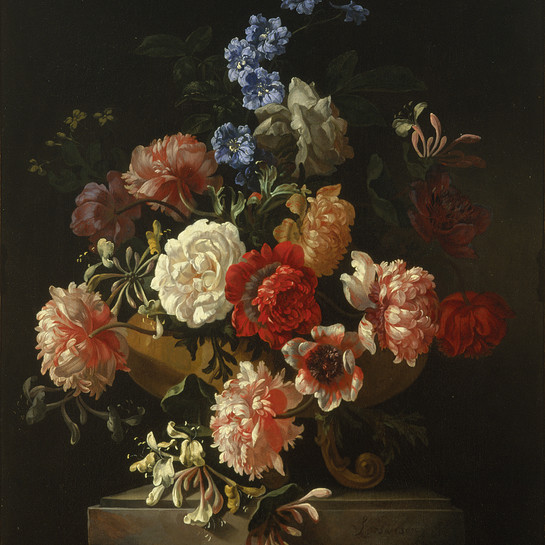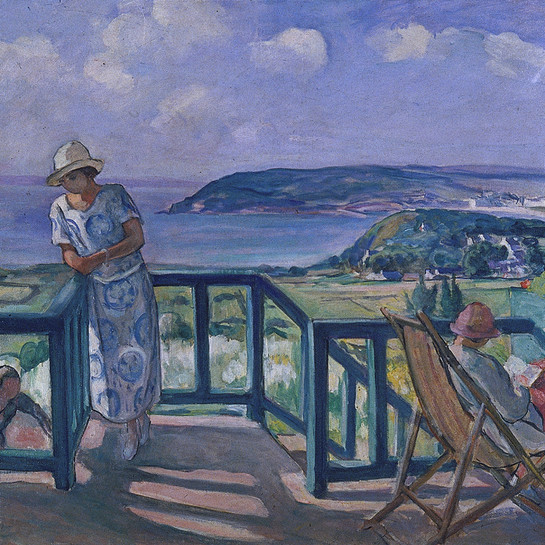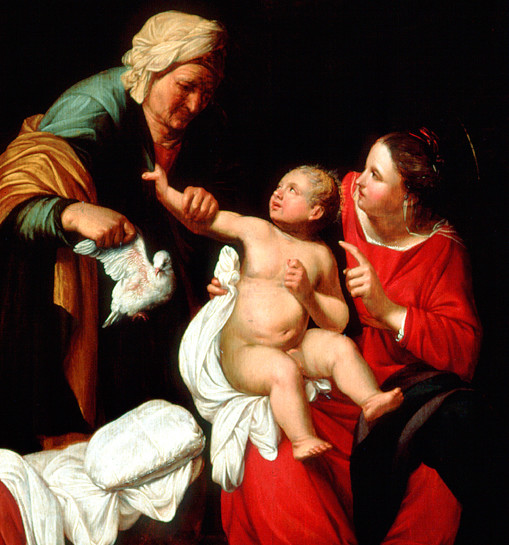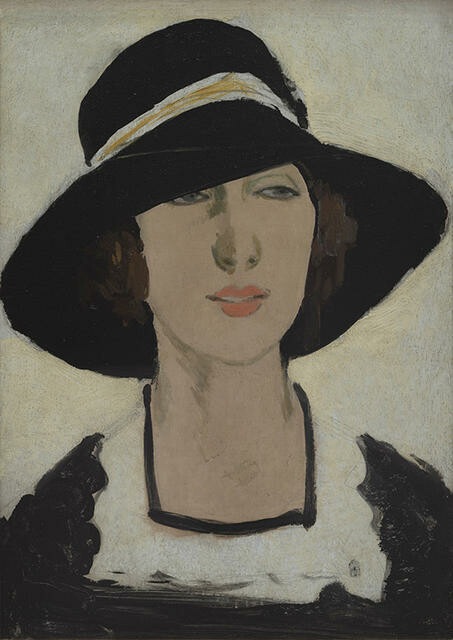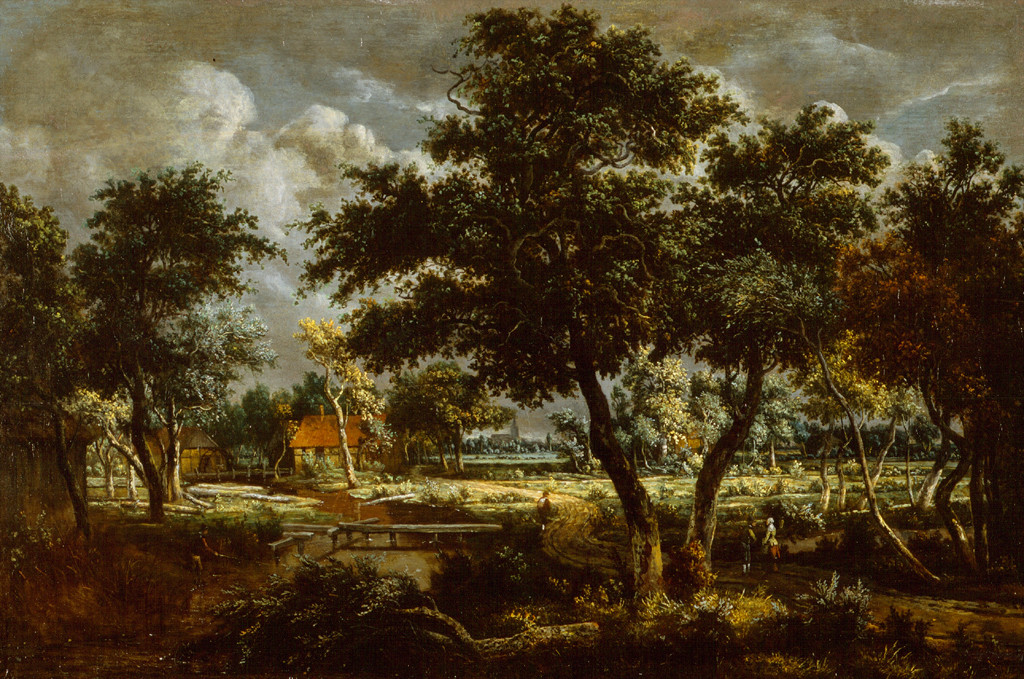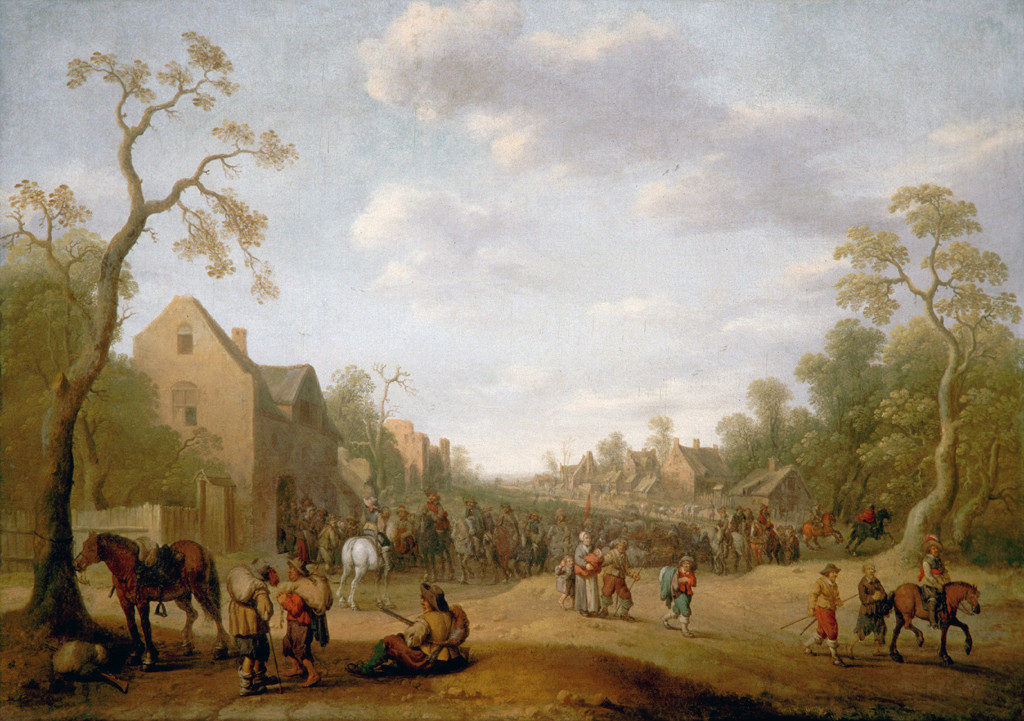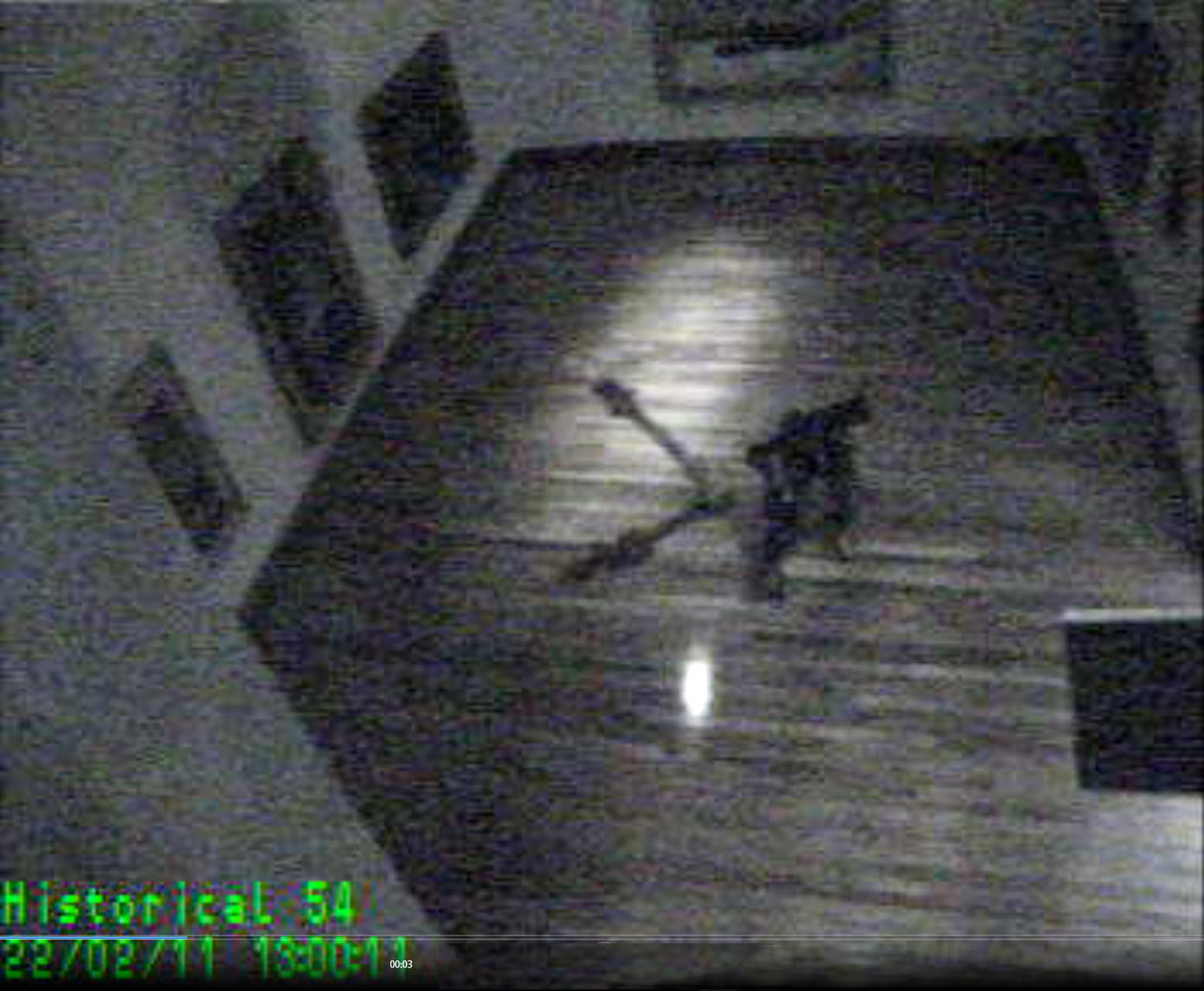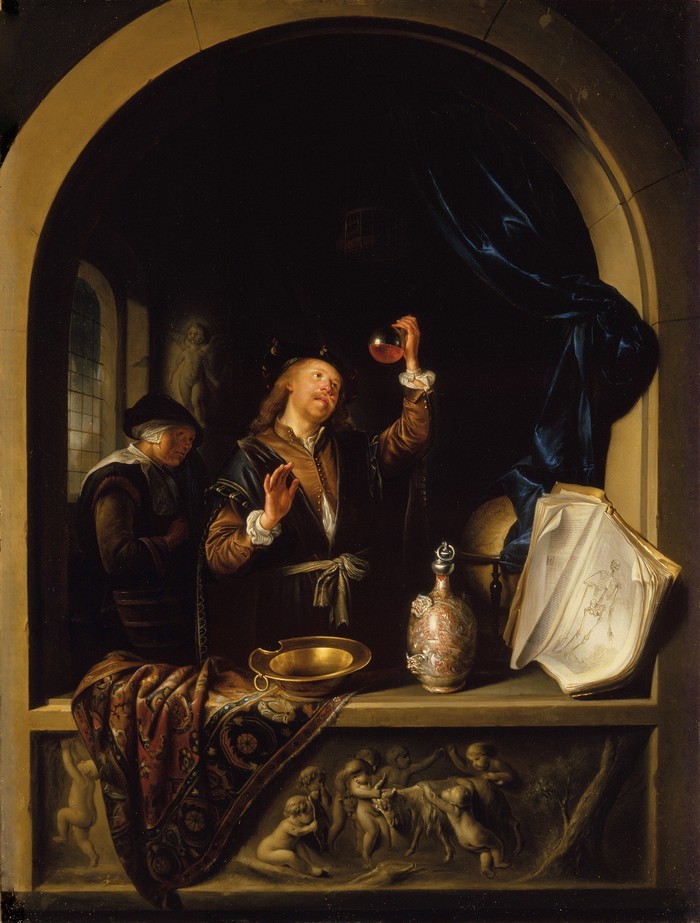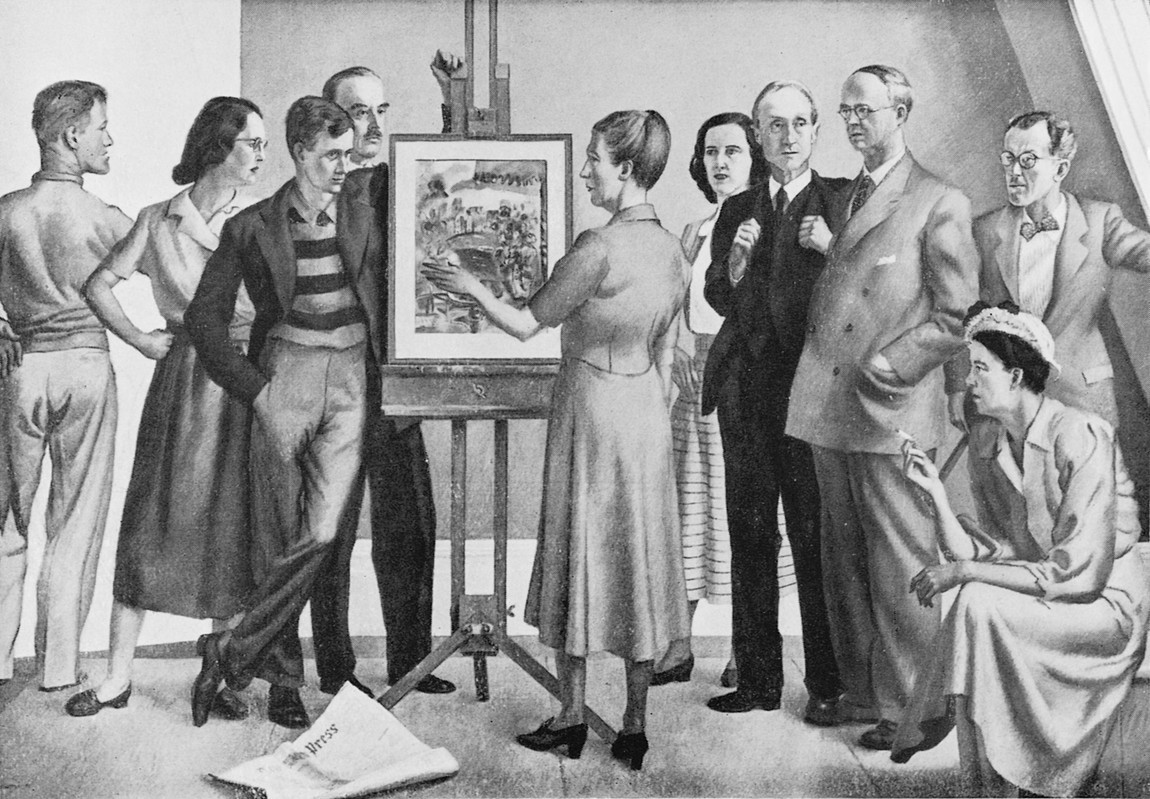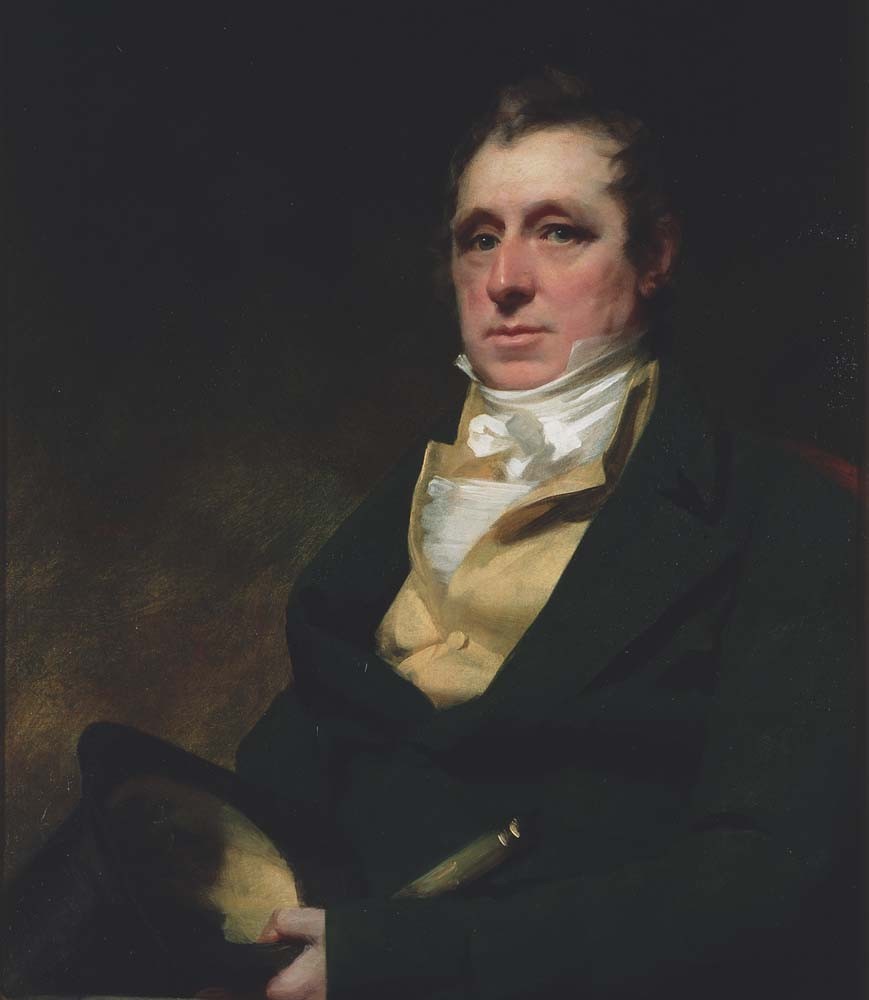Gerrit Adriaenszoon Berckheyde
Netherlands, b.1638, d.1698
A View in Cologne with St. Gereon's Basilica
- 1670-1698
- Oil on canvas
- Purchased with assistance from the Ballantyne Bequest, 1972
- 600 x 530 x 105mm
- 72/06
- View on google maps
Tags: animals, buildings (structures), churches (buildings), clouds, dogs (animals), hats, horses (animals), landscapes (representations), men (male humans), people (agents), religious buildings, towers (building divisions), trees, urban landscapes
Gerrit Berckheyde’s major contribution to Dutch painting was as a champion of the cityscape, a new genre that developed from the mid 1600s. Haarlem-based Berckheyde began making paintings of Cologne (Köln) in about 1670, from sketches made in Germany in the 1650s. Several works featured St Gereon’s Basilica, a Romanesque church completed in the early thirteenth century.
(Out of Time, 23 September 2023 – 28 April 2024)
Exhibition History
Treasury: A Generous Legacy, 18 December 2015 – 4 December 2016
Gerrit Berckheyde’s contribution to the Dutch Golden Age of painting was as an exponent of the cityscape, which became a new genre from the mid seventeenth-century. Berckheyde was Haarlem-based, and began producing paintings of Cologne in about 1670, from sketches made in the 1650s. He painted a series of works depicting St. Gereon’s Basilica, a large and distinctive Romanesque style church completed in the thirteenth century.
This painting was purchased through a significant bequest made in 1953 from an insurance settlement from the estate of William Ballantyne (1864–1934), whose art collection had been largely destroyed in the 1947 Ballantyne’s department store fire.
For many years this work was attributed to Philips Wouwermans (1619-1668). The work was displayed with this label when Christchurch Art Gallery Te Puna o Waiwhetū opened in May 2003:
Philips Wouwermans painted many hunting scenes and in this work he shows noblemen setting off for the hunt. The inclusion of a white horse is typical of his work, so much so that it became almost a signature of his style. Wouwermans has paid careful attention to detail and the brooding darkness of the scene creates a sense of drama. He has used very fine brushwork, typical of many realist Dutch artists of the period. Born in Haarlem, Wouwermans was part of a successful family of artists. For most of his life he lived in Haarlem where he is reputed to have studied under Frans Hals (c.1580 -1666). Wouwermans travelled to Hamburg c.1638 when his family objected to his marriage to a Catholic, however he returned to Haarlem in 1640 and became a member of the Painters Guild in the same year. He was prolific and established a very successful practice. He specialised in the representation of battles involving cavalry.
![Andreas Cellarius Hypothesis Ptolemaica Sive Communis Planetarum Motus Per Eccentricos Et Epicyclos Demonstrans [The Ptolemaic Hypothesis or Common Representation Demonstrating the Planetary Motions through Eccentrics and Epicycles] 1661. Hand-coloured engraving. Collection of Christchurch Art Gallery Te Puna o Waiwhetū, William A. Sutton bequest, 2000](/media/cache/05/97/05970cdff0f6b3264062d69bf2aa90f5.jpg)
